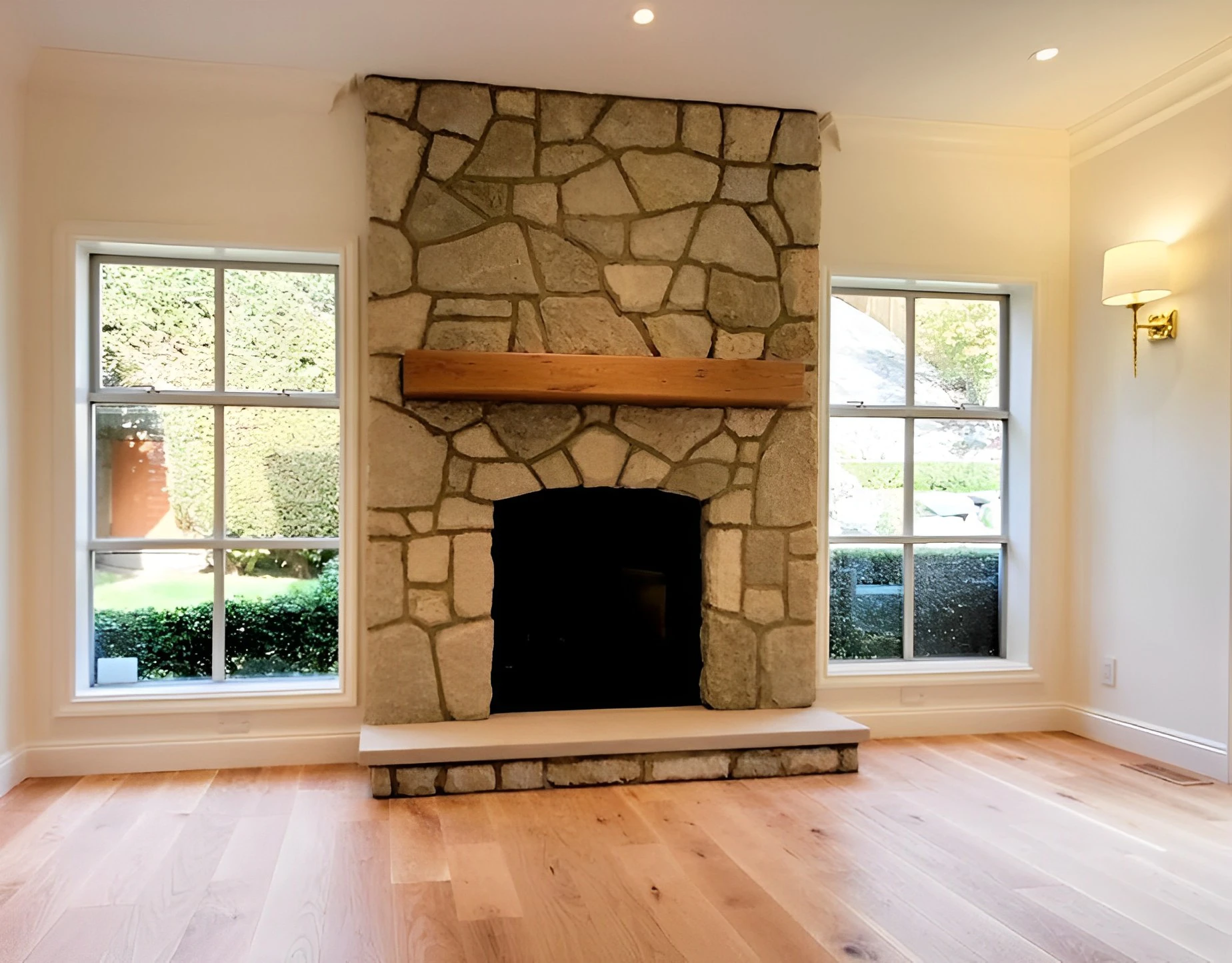
The construction industry is a cornerstone of modern society. From towering skyscrapers to cozy residential homes, professional construction contractors are responsible for building the structures we live, work, and play in. However, construction also carries inherent risks.
According to the Injury Facts, construction has one of the highest rates of fatal work injuries across all industries in Canada. This makes prioritizing safety on every project an absolute necessity.
One key way professional construction contractors can achieve this is by implementing robust safety structures.
This blog post will explore the importance of safety in modern construction. We’ll explore safety’s crucial roles and benefits and how professional construction contractors can effectively utilize them to create a safer work environment.
The Crucial Role Of Safety Structures
Safety structures are vital in mitigating risks and preventing accidents on construction sites. They act as physical barriers, fall arrest systems, and containment measures, protecting workers from a variety of hazards such as:
- Falls from heights
- Falling objects
- Slips, trips, and collapses
- Electrocution
- Equipment malfunctions
By implementing a comprehensive safety structure plan, professional construction contractors can significantly reduce the risk of injuries and fatalities, leading to a safer work environment for everyone involved.
Types Of Safety Structures In Modern Construction
A wide range of safety structures are used in modern construction, each designed to address specific hazards. Here’s a look at some of the most common ones:
Guardrails And Fall Protection Systems
Guardrails provide a physical barrier to prevent falls from edges and openings. Fall protection systems, such as personal fall arrest systems (PFAS) and safety nets, further minimize the risk of injuries in case of a fall.
Scaffolding
Scaffolding provides temporary platforms and work surfaces for construction workers to access elevated areas safely. To ensure their stability and load-bearing capacity, scaffolding systems must be properly erected, inspected, and maintained.
Shoring And Underpinning
Shoring and underpinning are temporary support systems used to stabilize excavations and prevent the collapse of existing structures. They are crucial for projects involving deep foundations or work near existing buildings.
Trench Boxes And Shielding
Trench boxes and shielding systems provide cave-in protection for excavation workers in deep trenches. These structures prevent the trench walls from collapsing and burying workers.
Traffic Control And Barricades
Traffic control measures such as cones, barricades, and signage are used to delineate safe work zones, control pedestrian and vehicle traffic, and prevent unauthorized access to construction areas.
Dust Control Solutions
Dust control measures, like dust suppression systems and water sprays, mitigate the risks associated with airborne dust particles, which can lead to respiratory problems for workers.
Benefits Of Utilizing Safety Structures
The benefits of using safety structures in construction are far-reaching and extend beyond just preventing accidents. Here are some key advantages:
- Reduced Risk of Injuries and Fatalities: The primary benefit is creating a safer work environment. Safety structures protect workers’ lives and well-being by minimizing the risk of accidents.
- Improved Worker Morale: Workers’ morale improves when they feel safe on the job site. This can increase productivity, decrease work stoppages, and create a more positive work environment.
- Enhanced Project Efficiency: Accidents and injuries can significantly delay project schedules. Effective safety measures can help streamline construction processes and ensure projects are completed on time and within budget.
- Reduced Project Costs: While an initial investment is required in obtaining and installing safety structures, the long-term cost savings are substantial. Reduced accident rates lead to lower workers’ compensation claims, medical costs, and potential legal liabilities.
- Improved Public Perception: Safety-conscious construction companies are viewed favourably by the public and potential clients. A strong commitment to safety can be a key differentiator in a competitive construction market.
Choosing And Implementing Safety Structures Effectively
For professional construction contractors, choosing the right safety structures for a project requires careful consideration of various factors. These include:
- The specific hazards associated with the project.
- The size and complexity of the project.
- Local building codes and safety regulations.
- The budget allocated for safety measures.
Once the appropriate safety structures have been selected, ensuring their proper implementation is crucial. This involves:
- Developing a comprehensive safety plan that outlines specific procedures for the installation, use, and maintenance of safety structures.
- Providing thorough training to all workers on the proper use of safety structures and the importance of adhering to safety protocols.
- Conduct regular inspections of safety structures to ensure they are in good working order and identify any potential hazards.
- Enforcing safety rules and regulations on the job site to hold everyone accountable for maintaining a safe work environment.
Partnering With A Safety-Focused Construction Contractor
When choosing a construction contractor for your next project, prioritizing safety is paramount. Look for a company that demonstrates a strong commitment to worker safety through its actions.
Here are some key aspects to consider:
- Safety record: Investigate the contractor’s safety record, including their history of accidents and injuries.
- Safety certifications: Look for contractors with relevant safety certifications and demonstrate their commitment to industry best practices.
- Safety training programs: Ensure the contractor has established safety training programs in place for their workers.
- Safety culture: Observe the overall safety culture on the job site. Are workers adhering to safety procedures? Is there a visible emphasis on safety protocols?
By partnering with a professional construction contractor who prioritizes safety structures and has a strong safety culture, you can be confident that your project will be completed efficiently and safely.
About Us
At Eurobuild, we are a leading construction company dedicated to safety, quality, and client satisfaction. We understand the importance of safety structures in modern construction and implement a comprehensive safety program on all our projects. Our team of experienced professionals is committed to creating a safe and healthy work environment for everyone involved.
Contact us today to discuss your construction needs and experience the difference a safety-focused contractor can make.

